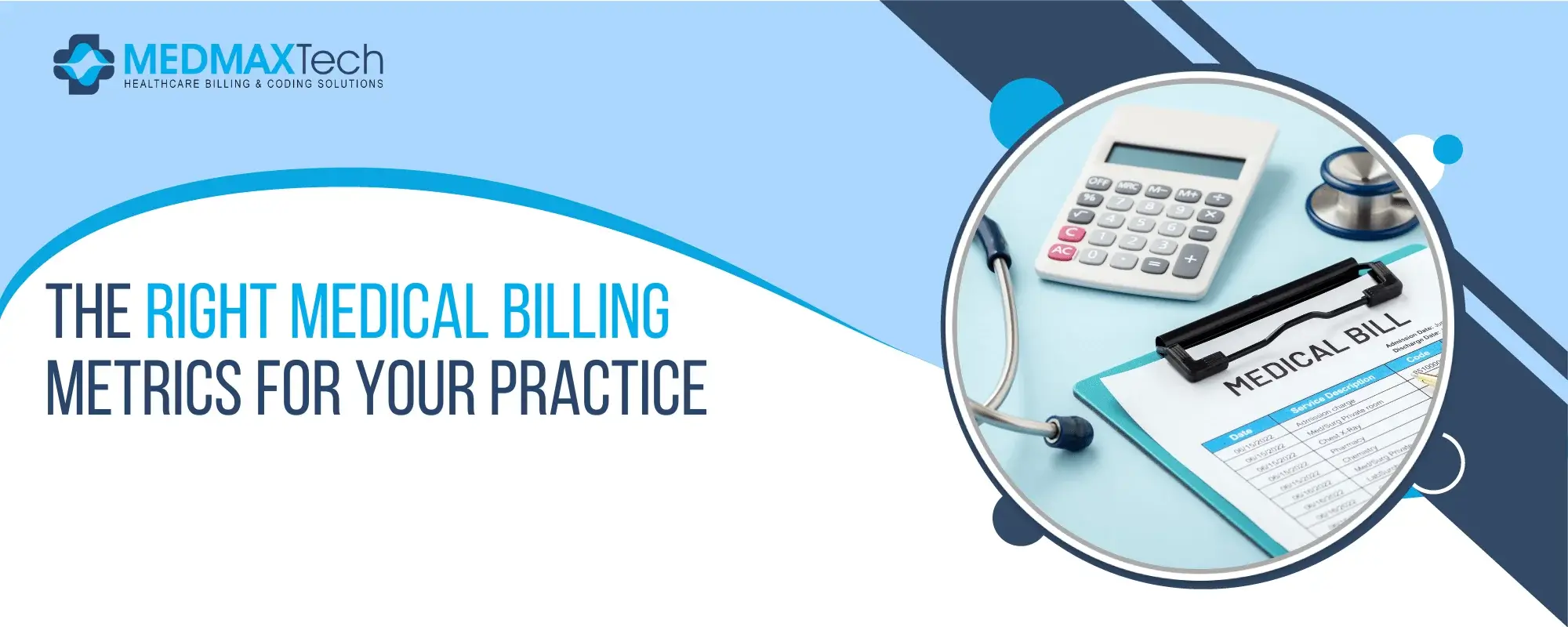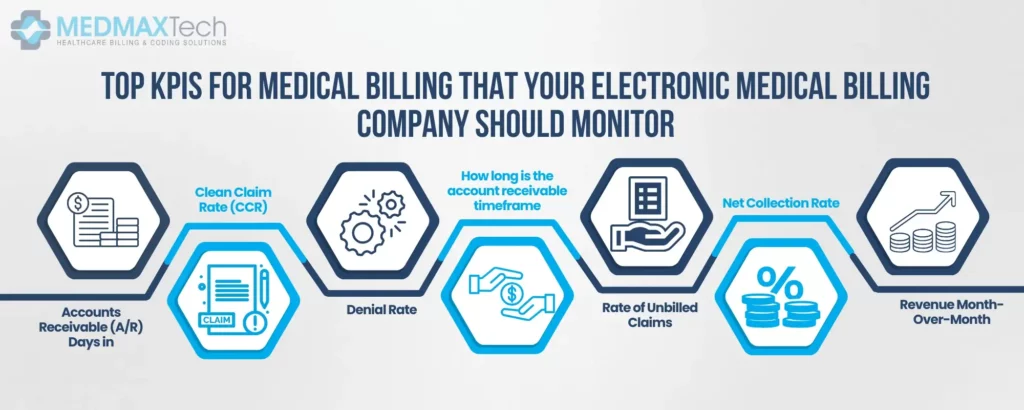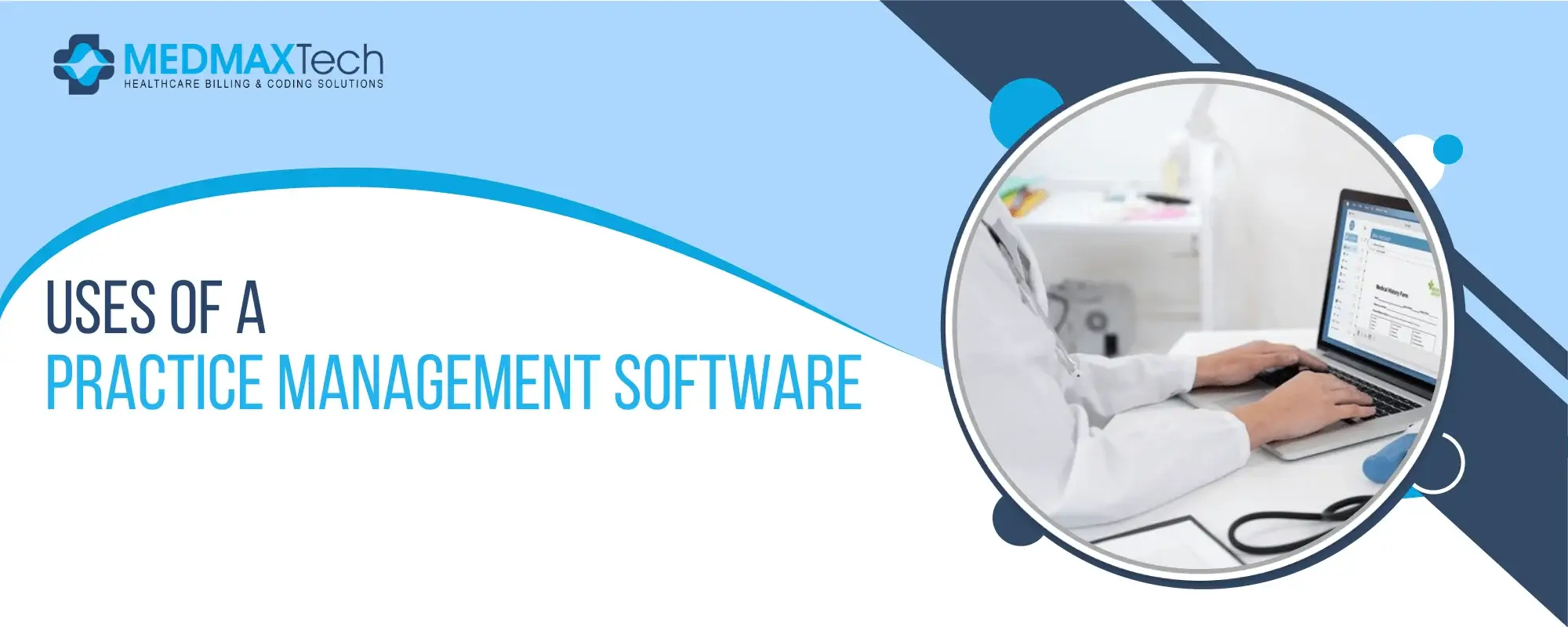
The Right Medical Billing Metrics For Your Practice
Medical billing companies now involves more than just debits and credits. You may monitor your billing, productivity, and practice performance with the use of performance analytics offered by today’s advanced medical billing software. It enables you to track Key Performance Indicators (KPIs) and increase your medical practice’s return on investment.
The performance of your practice’s billing can be evaluated using Key Performance Indicators. It will be possible to determine whether a medical billing company is doing a good job of getting paid efficiently for the services you provide by reviewing important billing-related actions. As always, giving excellent patient care comes first. However, if your billing procedures are not highly efficient, you won’t be able to continue doing that for very long.
You can divide the many components of medical billing into quantifiable parts using KPIs. Once they have been determined, you can evaluate how well your practice is performing in each area. You may monitor your goals’ progress (or lack thereof) over time. when the KPIs show success.
How To Calculate Key Performance Indicators For Medical Billing And Coding Companies?
Knowing what is vital to your particular medical practice will help you select the best KPIs. Even though they are frequently relatively similar, “key” signs might vary from one practice to another. To develop objective and actionable KPIs for your medical practice, you can consider asking the following questions:
- What are you hoping to achieve at each level of the medical billing process?
- Can this be evaluated? What constitutes a positive and negative result?
- Why is it important for your practice to achieve this result?
- What data are you going to require to evaluate this performance? Can your medical billing program offer that data?
- How frequently will progress be evaluated?
- How will you use the research results? Who will be in charge of reviewing them and making modifications?
- What should be done to boost each area’s performance?
Top KPIs For Medical Billing That Your Electronic Medical Billing Company Should Monitor
Claims, billing, and collections are important guidelines that most medical practitioners should adhere to. Key performance indicators for doctors include, for instance:
Data gathering by the front desk – Important data on the patient’s demographics, insurance information, correct copay, deductible collection, and proper posting.
Accounts Receivable (A/R) Days in:
This KPI gauges how long it takes for your business to get the money it has earned. Slow revenue cycles may be a sign that your medical billing software is inadequate and might result in poor cash flow. Does your business often receive payment in 60, 90, 120, or more days? It’s not a nice thing. The average days in A/R, according to industry standards, is just 35 days. This can be made better by expediting claim payments and establishing consistent pending claim follow-up.
Clean Claim Rate (CCR):
Your firm must make an effort to make sure that a significant portion of insurance claims are submitted and successfully processed the first time. Less time spent in receivable accounts and improved cash flow is the results of a high clean claim rate. A low clean claim rate indicates that your employees will have to spend more time rewriting and resubmitting the claim.
Timely filing is crucial to maintaining a steady revenue flow. Providers must have close interactions with the correct codes and file claims within one or two days.
Denial Rate:
A close relative of the clean claim rate, the denial rate offers a quick picture of the number of claims that are rejected. If the rate is high, you or your billing staff should dig more into the causes of this. If a certain payer accounts for a sizable portion of denials, there might be problems that need to be fixed.
How long is the account receivable timeframe:
How many days the bills have been in accounts receivable is one of the most crucial medical billing KPIs for many clinics. You’ll have this KPI to review and enhance after dividing your ending accounts receivable by your average daily charge.
Rate of Unbilled Claims:
Your clinic may see a larger percentage of unbilled claims due to a variety of mistakes. Calculate the number of claims divided by the number of claims that were rejected due to inaccurate or incomplete information to get a handle on this critical performance metric. A higher KPI for unbilled claims might be caused by specifics such as inaccurate doctor’s orders, omitted (or incorrect) DX codes, and errors in patient demographic data.
Net Collection Rate (NCR):
This is a reliable measure of how well your practice is doing overall in terms of billing. It compares actual receipts to the amount that your clinic is expected to receive from insurance providers and patients. If your NCR is between 95 and 100 percent after write-offs, it suggests you are billing on time, processing unpaid claims quickly, and successfully collecting unpaid patient balances. Low NCR is a sign of mediocre performance and needs to be corrected right away.
Revenue Month-Over-Month:
You use month-over-month revenue to track cash according to payors, tests, and clients to obtain a better understanding of where your revenues are coming from. Perhaps the lab you use is having trouble operating effectively. Compare which clients are the most profitable if you have the time. This KPI also aids in identifying the tests that are most difficult to obtain paid, for due to issues with their medical necessity.
Why Track KPIs For Medical Billing?
For a medical practice that focuses on treating people, this may seem like a lot of math work, but modern medical billing systems have many analytics and reporting capabilities built right in that can aid in the tracking process. You will never be able to determine whether or not your practice is succeeding financially if you do not take the essential efforts to learn what happens in the billing and receivable accounts departments.
Moving Margin
Making it a practice to monitor key performance indicators will make it much simpler for you to gain a better grasp of your medical billing position. You may create strategies to enhance these numbers after you start methodically gathering information on what you’re being paid and when, who is not paying, and how these trends evolve.
Key Takeaway:
When it comes to billing, medical practitioners must pay special attention to the specifics:
- In medical billing, you should ideally monitor key performance indicators.
- Monitoring medical billing KPIs will assist you in remaining informed of metrics to enhance, such as the bad debt rate.
- Utilizing specialized software to keep track of data like accounts receivable and the frequency of denied or unbilled claims can make the difference between profitability and staff layoffs.
- Contrast variations in daily cash receipts with other elements like shifting patient volume or the hiring of new personnel.
- To understand how reimbursements are proceeding, you’ll look at KPIs for daily actions in addition to weekly performance, monthly trends, and quarterly reports.













